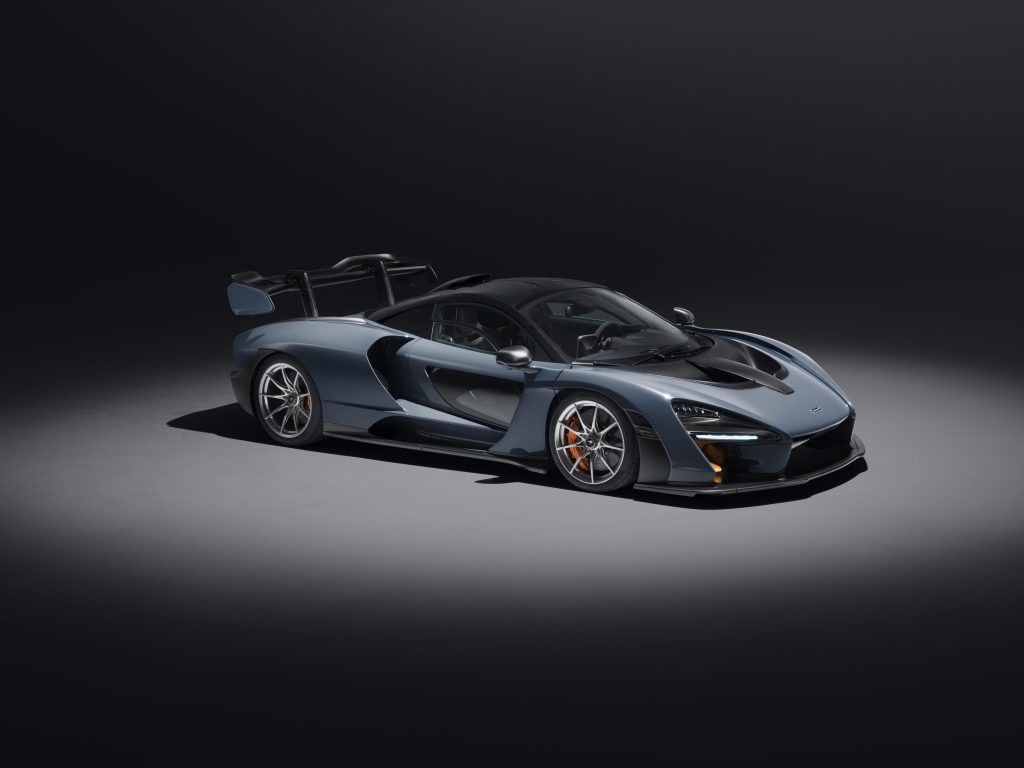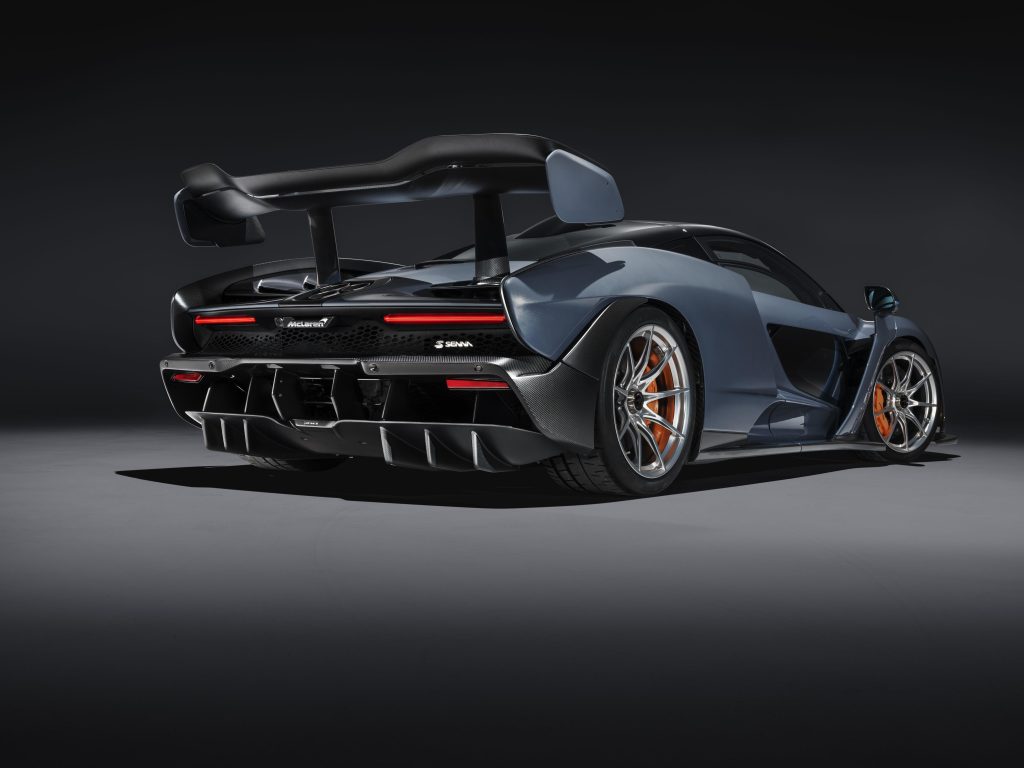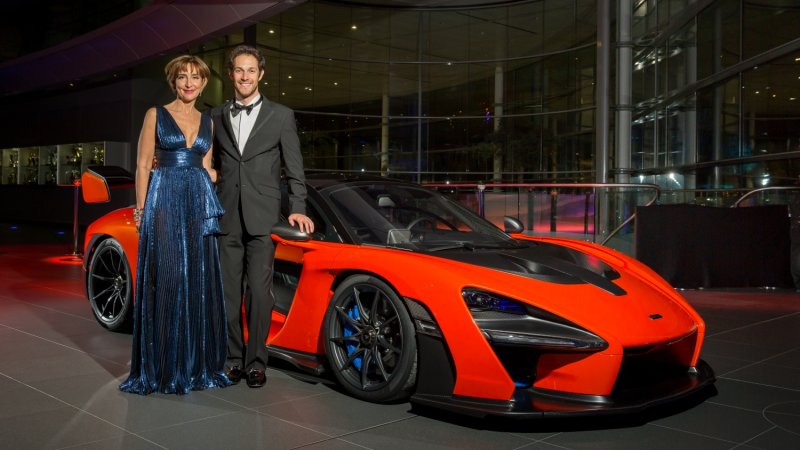McLaren doesn’t care if you think it’s ugly. Why would it? Even at $958,966, it didn’t struggle to sell all 500 Senna supercars sight unseen, nearly a third of those heading to U.S. owners.
“It’s not meant to be pretty,” McLaren boss Mike Flewitt tells us. “Ultimate Series cars are about focus in one area. In the Senna, it’s aero and track performance first.”
Still think it’s too ugly? Save your breath.


It goes harder than the McLaren P1
What would the McLaren P1 have been like without the electric motor, battery pack and associated heft? The Senna is your answer. Sure, 789 horsepower from an evolution of the 4.0-liter V8 in the 720S plays the P1’s hybrid-assisted 903 bhp. But the Senna’s lightest possible dry weight of 2,641 pounds is more than 400 pounds less than the P1, twin-scroll turbos compensating for the lack of torque-filling electric boost.
On paper it pushes the P1 hard, 0 to 60 mph coming up in just 2.7 seconds and 0 to 124 mph in 6.8 seconds – the latter a whole second faster than the 720S. The P1’s takes half a second out of the Senna’s 0 to 186 mph, and it’s faster overall at 217 mph against 211 mph. But next-gen aero and chassis control systems mean a P1 is unlikely to see which way the Senna went in the corners.
The looks make sense when you see it
With its goofy front overhang, undernourished wheel arches, gaping intakes and towering rear wing, the Senna isn’t conventionally beautiful. McLaren’s social media manager admits as much, sighing, “It’s not an easy car to photograph.” In comparison with the shrink-wrapped sensuality of the P1, the Senna has shades of some of the fussier, aero-heavy F1 cars such as Lewis Hamilton’s 2008 championship-winning MP4-23. But in the flesh, it’s more successful, the front view startling in its aggression, your eye instinctively tracking the flow of air over and through the car and making visual sense of how the aero works.
It’s got too much downforce
If the P1 was a transformer switching between suave hypercar and track monster, the Senna is permanently the latter, which is good news if you needed to drive your P1 everywhere in Race mode to prove your manhood. With a 25-degree range of movement, the wing contributes to a total of 1,763.7 pounds of downforce at 155 mph, the P1 generating 1,323 pounds at the same speed. Meanwhile, active, contrast-colored aero blades within the front fenders adjust airflow over their fixed downstream equivalents to maintain correct aero balance. Under braking this may mean bleeding off downforce on the front axle, the front and rear aero elements adjusting to a low-drag configuration at speeds faster than 155 mph.
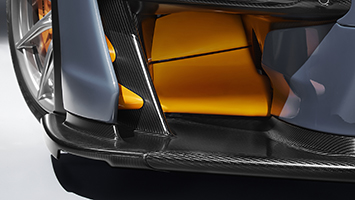
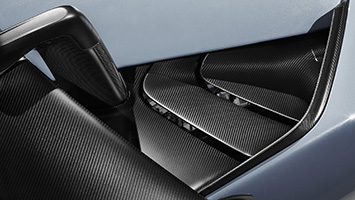
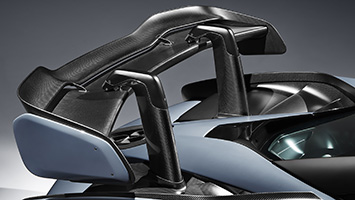
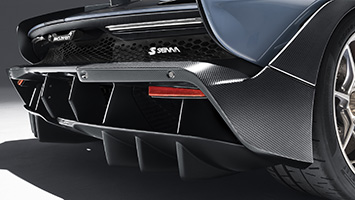
Forget the acceleration – it’s all about cornering and braking
Switch to Race mode and the Senna will – like the P1 – slam its RaceActive Chassis Control suspension to its stiffer, track-only configuration, the front dropping 1.5 inches and the rear 1.2 inches for pronounced rake. “The whole thing of the chassis and aero working together is just going to give you huge confidence,” says project manager Ian Howshall, fresh from driving it in Spain. “You can brake later, turn in later and get on the power earlier than you ever could in a P1, just because of the downforce available. By constantly trimming that front to rear, it’s optimally balanced all the time.” Favor a last of the late-brakers’ driving style? You’ll love the fact the Senna stops dead from 124 mph, a full 56 feet short of the 720S – effectively a whole braking board later on any given circuit. Strap in tight.
It’s all about the lap time (just don’t ask about the lap time)
From Flewitt down, everyone at McLaren will tell you how lap time came first in the Senna’s development. Prompting the obvious question to Ultimate Series boss Andy Palmer – exactly what IS the lap time? And around which circuit? “We’ve got internal benchmarks, we’ve got our competitor benchmarks and we’re pleased with the numbers we’ve got,” he deadpans. But how can you say it’s about lap time without … confirming a lap time? “We’ve never released a time with the P1, and whatever circuit I say someone will translate that into a projected Nürburgring lap time. And I’m not giving a number.” So, it’s all about the lap time. But it’ll be up to you to set one.
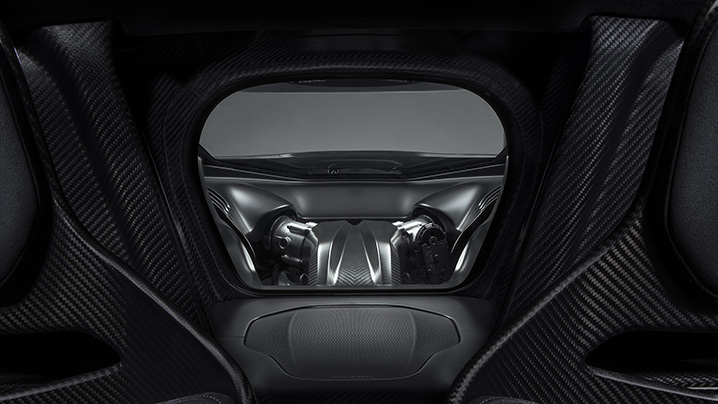
The 789-hp power output is the least interesting thing about it
The M840TR flat-plane V8 is basically an evolution of the 4.0-liter unit in the 720S, sporting a 6.4-pound carbon-fiber intake plenum weighing nearly half as much as the 720’s aluminum equivalent and featuring revised cams, lighter pistons and titanium/Inconel exhausts. These exit through the center pipe at normal loads, the muffler bypassed and the exhaust routed through the other two when you’re really on the gas. In certain markets, you’ll even be able to delete the muffler and third pipe entirely.
It’s an example of where the Senna’s engineers lose the fixation with numbers and talk more about the sensory experience, the sheer rawness, the way the gravel sprays the arch liners, the sense of every extra rpm fizzing through the carbon structure, the undiluted feedback of the steering and the rush of induction air being channeled into the rooftop snorkel intake. For all its functional brutality, McLaren wants you to know that the Senna is designed to engage at an emotional level, too, even at road speeds.
Can’t live without your creature comforts? You can option air-con and a special Bowers & Wilkins audio system back in, the latter costing you $5,860 and an additional 16.1 pounds on the scales.
Related Video:


